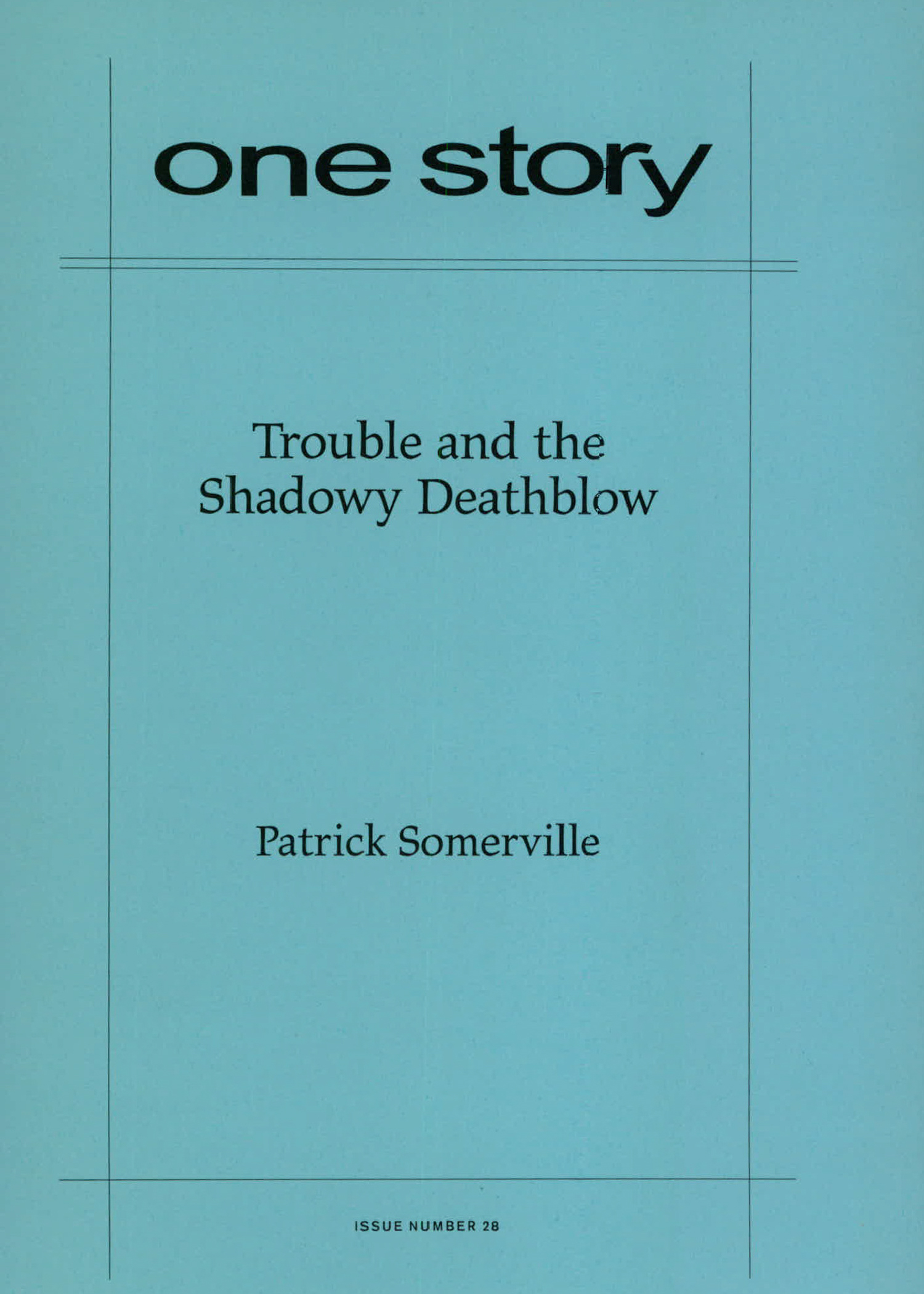
Trouble and the Shadowy Deathblow
$2.50
Sold out
Excerpt
I had been involved in pressurized and spray-on cheeses for over a decade. I would say that only three or four men in the American gustatory industry—DeGrolun and Franklin unquestionably, Carmichael and Nussbaum perhaps—knew more than I did about the canning and containment processes of integrated synthetic cheeses. I spent six years at Frito-Lay and was independently contracted at Oscar Meyer during their mid-nineties run at the first pre-cooked cheese hotdog. I was there to provide information concerning the possible manipulations of ewe milk.
The project failed dramatically.
My name was removed from company records. My colleagues wouldn’t return my calls. The credit for my previous accomplishments with spray-on products went to other researchers. I was a pariah.
For a year I did independent specialty riboflavin work in my basement. I needed some time to pass and the hot dog trouble to blow over before I could look for a decent job in the industry. Start over. Find something I could be interested in. Something that would allow me to respect myself again. I was forty-three, developing jowls, and had no idea how I’d gotten where I was. And where I was was not very interesting.
Patrick Somerville
Patrick Somerville grew up in Green Bay and attended the University of Wisconsin-Madison. He is currently working on his MFA in fiction at Cornell University. This is his first publication. Visit his website at www.patricksomerville.com.
Q&A by Hannah Tinti
- HT: Where did the idea for this story come from?
- PS: Well, I was living in San Francisco, and somebody on the BART sneezed on me, and I was incredibly angry about it. Then I went home and watched Star Trek. Worf was dealing with his son’s reluctance to enter into his rite of passage training, and he demonstrated some kind of ancient Klingon martial arts maneuver that I immediately imagined myself using on the sneezing man. Then I ate some Doritos.
- HT: What was the most challenging aspect of writing this story?
- PS: It was hard to write about Jim going back home; I couldn’t figure out whether or not knowing something like the shadowy deathblow would help him in his career or improve his family situation. The ending I had before this one was confusing and opaque, which was a function, I think, of not knowing what I was trying to do. The fantastic editorial work from One Story helped me quite a bit.
- HT: Did you do any research on synthetic foods?
- PS: No. All I had to go on was a friend of mine from college who went away for a summer internship at a big food company and came back talking about secret recipes and robots that sprayed an orange cheese liquid onto various snack products.
- HT: How did you create the character of Jim Funkle?
- PS: This doesn’t make sense if you’ve read the story, but I was in the middle of Moby Dick when I wrote it, and I think that his voice first grew out of a pathetic imitation of Ishmael’s. I wanted a character who was anally retentive and talked like he was from the middle of the 19th century to be walking around the streets of San Francisco, taking it all in. But then I started reading The Moving Target by Ross MacDonald, and it occurred to me that an anally retentive man talking like a noir detective was much funnier.
- HT: This story had us laughing out loud. How do you approach writing comedy in fiction?
- PS: All you have to do is make up preposterous people and then care about them.
- HT: How long did it take you to complete this story?
- PS: I wrote a version of it in a few weeks. In that one, Jim just went back home after killing Minkowski and didn’t tell anybody about what happened. I added the chase scene six months later, and the current ending (again, with some suggestions from the people at One Story) six months after that.
- HT: What are you working on now?
- PS: I just started a novel.